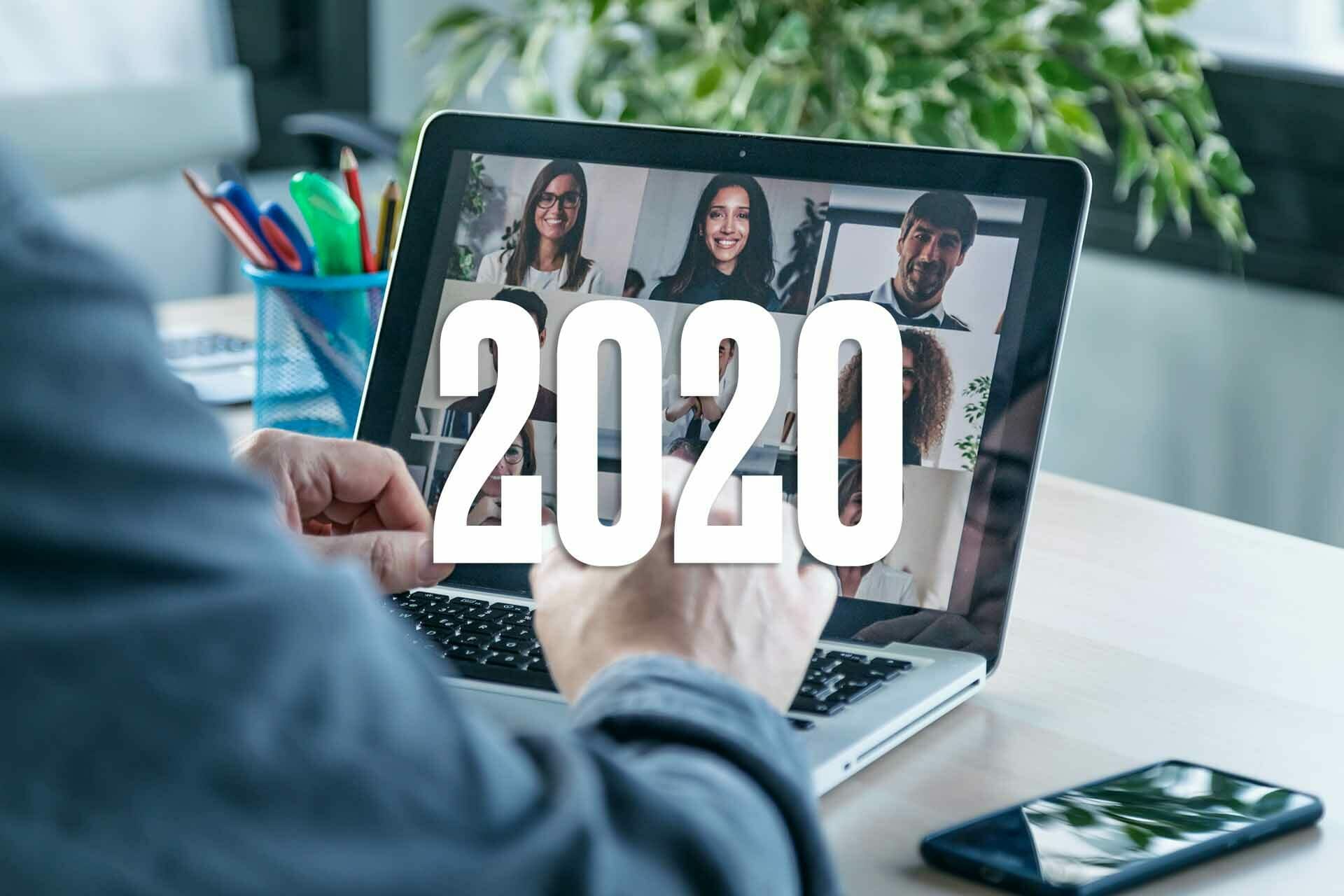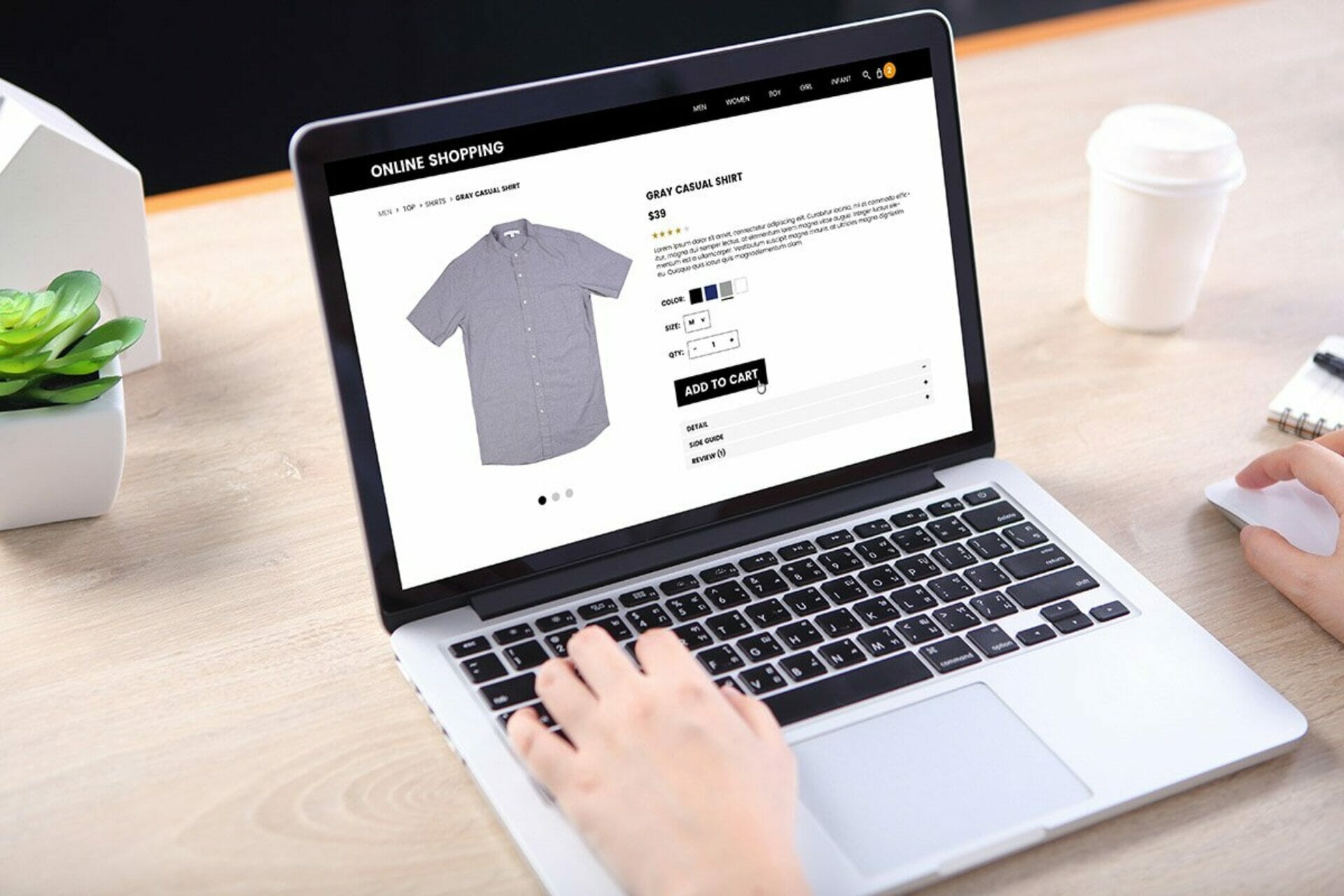Blog
Brand Protection Survey: 2020 in Review
- Brand Protection

Brand Protection teams faced an unrivalled challenge in 2020 – trying to protect consumers from an explosion in online threats at a time when offices were closed, offline enforcement channels were heavily disrupted and many of their businesses came under severe financial pressure.
However, the INSYNC Community has been swift to adapt in the face of the changing landscape – with our survey showing teams responding to the acceleration in the shift online by revising strategies, increasing collaboration, and successfully placing protecting their brand online at the heart of business strategy.
Despite the obvious challenges, these trends offer a foundation for teams to push on in 2021. Businesses have the means to succeed in protecting their brands & consumers online and to seize on the opportunity offered by increased e-commerce activity:
- 42% growth in e-commerce [1]
- 227% increase in internet usage (UK) [2]
- 82% of respondents saw increased online threats
2020: Three key trends
2020 created a unique set of challenges for Brand Protection teams, with consumers exposed to increased online risks at a time when working remotely and often with reduced teams. Nonetheless, these pressures appear to have raised awareness of the importance of protecting brands online, increased collaboration internally, and in a surprising number of cases led to increased budgets – and these trends can provide insight for the whole Community on strategy in 2021.
1) Increased threats online
- 82% of respondents saw increase in both volume and type of online threats they were facing.
- As ever, bad actors responded rapidly to changing consumer behavior and demand, capitalizing on increased time spent online with an explosion of phishing scams and counterfeit products appearing in categories never previously attacked.
2) Protecting brand online viewed increasingly as strategic priority
- 78% agreed that online Brand Protection had become more important strategically – and of these, over 80% of respondents said they had increased collaboration with different functions.
- For many sectors directly impacted by the pandemic – pharmaceuticals or household cleaning products, for instance – addressing the increased threat online became a C-suite issue and drove close collaboration between legal and marketing teams. But with the increased online sales, even brands in hard-hit-sectors such as fashion saw the importance of protecting sales online when online became the only channel.
3) Budget changes – a mixed picture
- While budgets have come under pressure across all businesses, 36% of respondents had seen some level of increase to budgets, while 27% had seen budgets increase significantly.
- However, this left over a third of brands facing increased threat levels with flat or reduced budgets – increasing the pressure on already under-resourced brand protection teams.
- Budgets have clearly been impacted by overall business performance, with more discretionary sectors most negatively impacted. However, a key theme for those who have succeeded in increasing investment is a cross-functional approach that has raised awareness internally of the importance of protecting brand, both offline and online.
We asked the INSYNC Community: “What changed in 2020?”
- Bad actors immediately exploited the situation created by offline restrictions
“As the lockdowns happened globally, one after the other, we saw a surge in online issues few weeks after countries closed their offline business. It was quite immediate.”
- Businesses faced a substantial increase iZn threats to their consumers online
“The pandemic resulted in a substantial increase in fraudulent websites, trademark abuse and counterfeiting.”
- Online enforcement emerged as the main tool to mitigate threats
“Limited offline enforcement during the pandemic restricted our ability to mitigate threats to our brand.”
- Protecting digital marketing touchpoints critical as new consumer demographics move online
“Online marketing became increasingly important, so we’ve shifted our strategy to protect these investments.”
- Businesses in precarious position if budgets are not aligned to increased threats
“Reduced sales have led to pressure on budgets despite increased threats.”
- Online is now the core channel and must be prioritized
“The closure of offline shopping channels has made protecting our online sales even more important.”
Looking back at the existential threats posed by bad actors throughout 2020 and the precarious position forced by stretched budgets, it is clear that Brand Protection teams within the Community went above and beyond. They worked closely together, were quick to reprioritize workload, and were able to pivot strategy rapidly – ensuring that consumers were protected and digital channels were safeguarded.
In part 2 of our Brand Protection survey series, we explore the outlook for 2021 and highlight why Brand Protection teams are identifying internal collaboration as a core component to their strategies. We also set out why greater scrutiny of platform behavior and a renewed drive to working with them directly to protect consumers is likely to be a critical focus going forward.
References
[1] 2020 Digital Economy Index (Adobe Experience Cloud, 2020): https://www.adobe.com/experience-cloud/digital-insights/digital-economy-index.html
[2] Broadband Usage More Than Doubled in 2020, UK Data Shows (The Independent, Dec 2020): https://www.independent.co.uk/life-style/gadgets-and-tech/broadband-internet-usage-2020-work-home-b1780308.html


